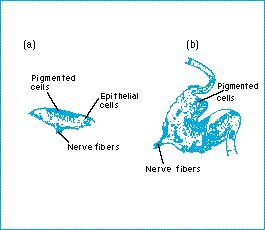Adaptive explanation - Can natural selection explain all known adaptations?

Complex adaptations
The question is important historically, and it often still arises in popular discussions of evolution. The case against selection would run something like this:
There is no doubt that natural selection explains some adaptations, such as camouflage. However, the adaptation in this case, as well as in other famous examples of natural selection, is simple. In the peppered moth it is simply a matter of adjusting external color to the background. The problem arises in complex characters, which are adapted to the environment in many interdependent respects.
Darwin’s explanation for complex adaptations is that they evolve in many small steps; that is what Darwin meant when he called evolution gradual. Evolution has to be gradual because it would take a miracle for a complex organ, requiring mutations in many parts, to evolve in one sudden step. If each mutation arose separately, in different organisms at different times, the whole process is more probable.
Darwin’s gradualist requirement is a deep property of evolutionary theory. The Darwinian should be able to show for any organ that it could, at least in principle, have evolved in many small steps, with each being advantageous. If there are exceptions, the theory is in trouble. In Darwin’s words,
“if it could be demonstrated that any complex organ existed which could not possibly have been formed by numerous successive slight modifications, my theory would absolutely break down.”
Thus Darwin only had to show that intermediates could possibly have existed. His critics had the more difficult task: they must show that the intermediates could not have existed. It is very difficult to prove negative statements. Nevertheless, many critics suggested, for various adaptations, that natural selection cannot account for them.
One such type of adaptation is coadaptation. The eye is a standard example of coadaptation. When one eye part, such as the distance from the eye retina to the cornea, changes during evolution, changes in other parts, such as lens shape, would be needed at the same time. This has been used as an argument against natural selection: because of the improbability of simultaneous correct mutations in both parts at the same time, a complex and finely adjusted engineering device like the eye could not have evolved by natural selection. The Darwinian reply is that different parts of the eye could evolve independently in small steps: it is not necessary for all the parts of an eye to change at the same time in evolution.
Figure: early stages in the evolution of the eye. (a) A single spot of pigmented cells. (b) Folded region of pigmented cells, which increases the number of sensitive cells per unit area.
| Next |



